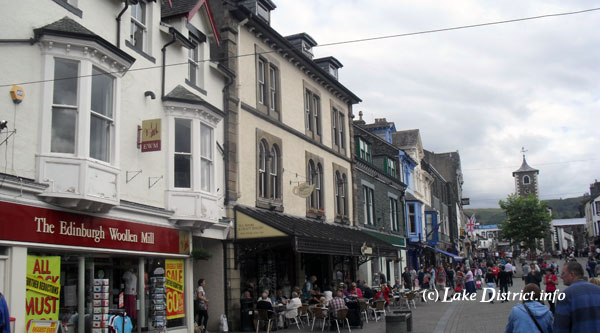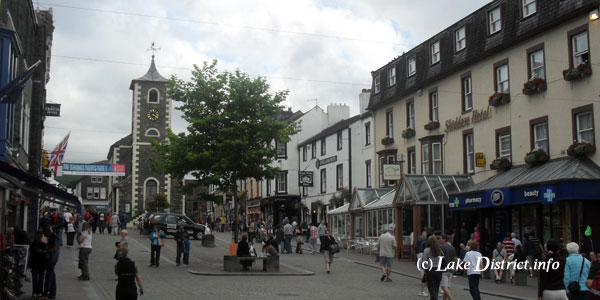
Keswick is situated on the shores of Derwent water and was formerly part of Cumberland. It is a thriving market town that has a population near 5000.
There has been a long history of settlement in the area, but it was only officially recorded as Keswick during the reign of Edward 1 in the thirteenth century. Important industries in the area include copper mining which took on significance during reign of Queen Elizabeth I for armaments. As with other ares in the UK, as the price of copper fell compares relatively compared to the rising cots of extraction, the copper mines waned.
Another important local industry was allegedly developed after a shepherd in nearby Borrodale discovered black lead which we now know as graphite and used it to label his sheep. This developed into pencil manufacturing and beacme the main industry in the area and is documented in the Pencil Museum .
With the arrival of tourism inspired by the back to nature movement, Keswick soon began to develop further into what we see today with the majority of buildings being Victorian.
Moot hall as seen in photo originally was originally built in 1571 as a cort and prison. It was later rebuilt twice in 1695 and 1813, when it was used a market house.
Poets associated with the area include Samuel Taylor Coleridge who lived in Greta hall between 1800 to 1804 and Robert Southey who lived there from 1803. It is a Grade 1 building that is now in private ownership. Thes poets along with Wordsworth, wrote about the beauty of the area and encouraged rich tourists visit it. The development of railway line confirmed the rise of tourism. Some people became concerned with the level of this development and started a conservation movement led by Harwicke Rawnsley vicar of nearby Crosthawite parish. he later became the co-founder of National Trust.
